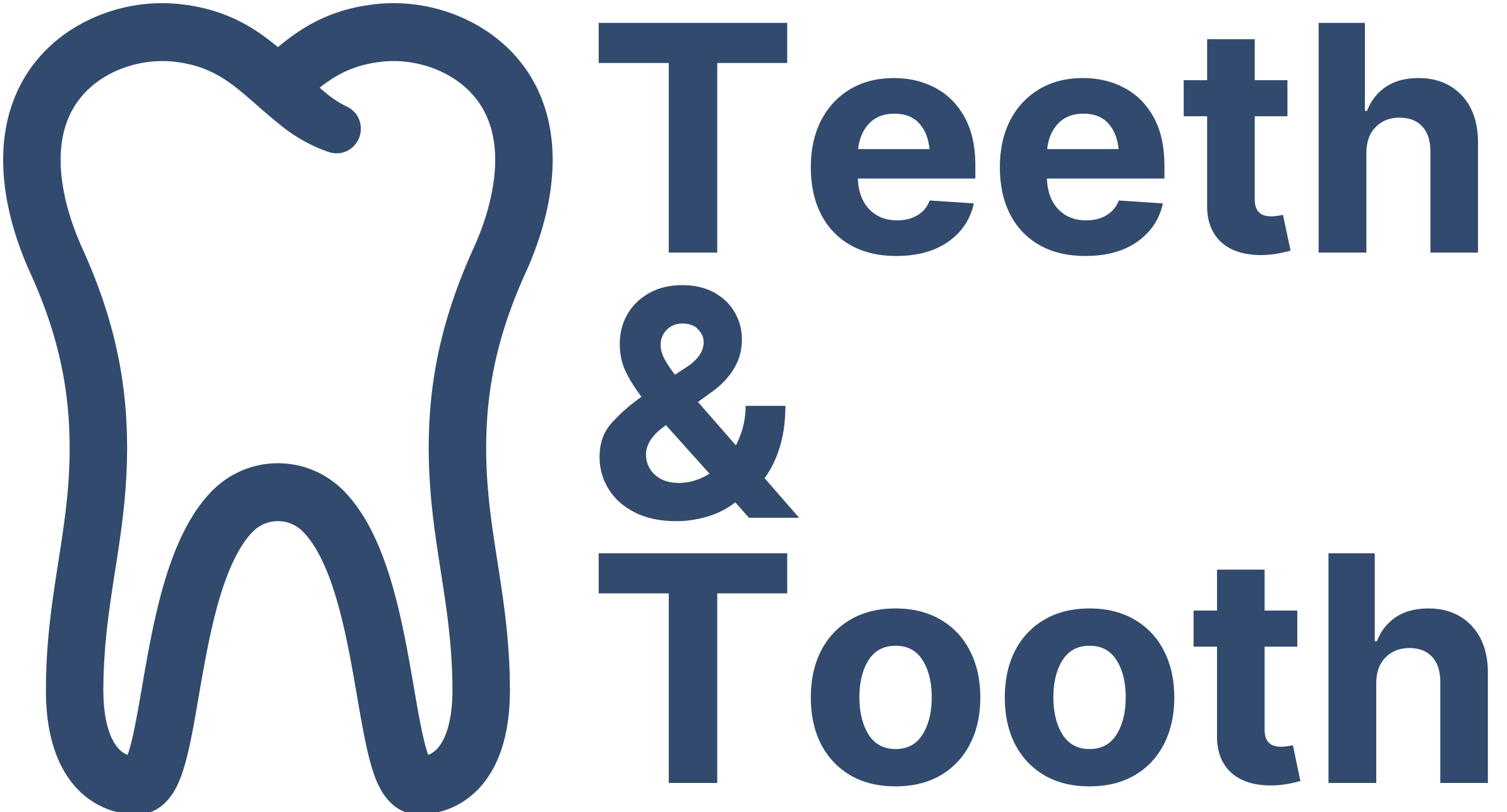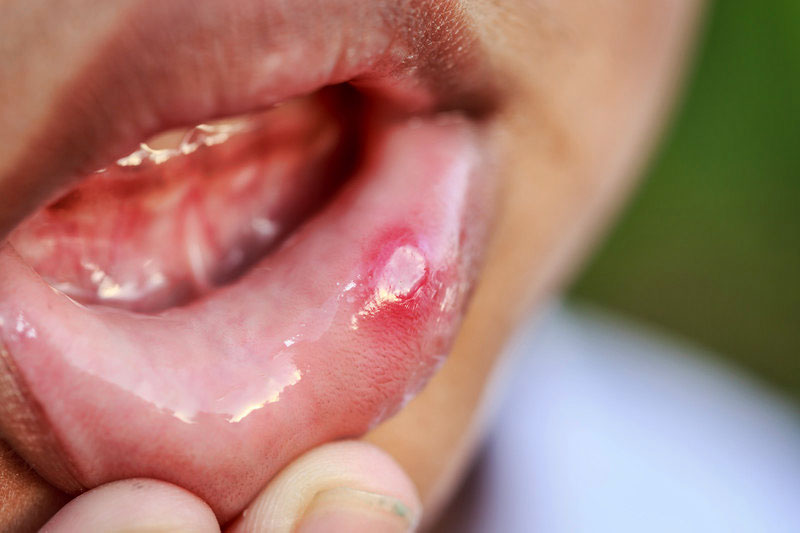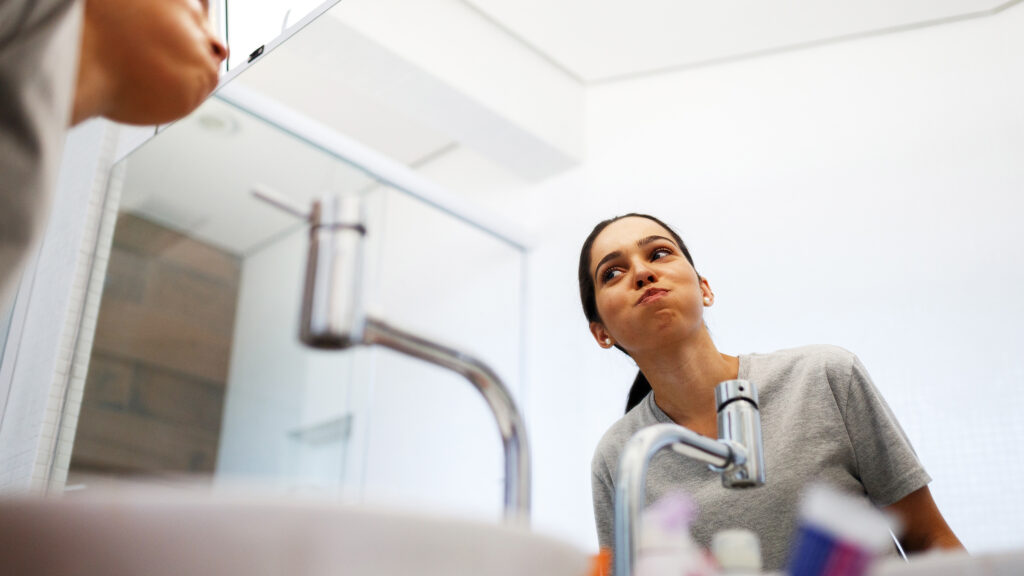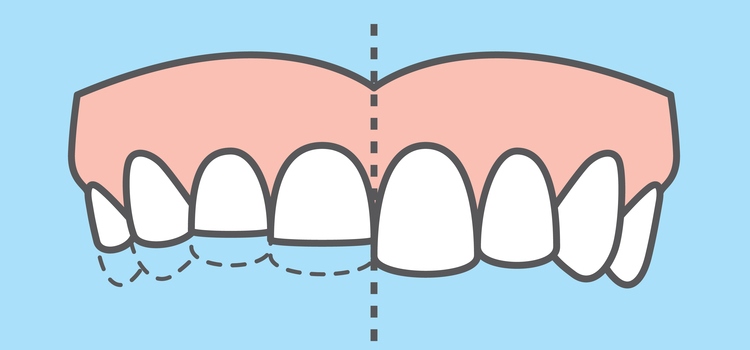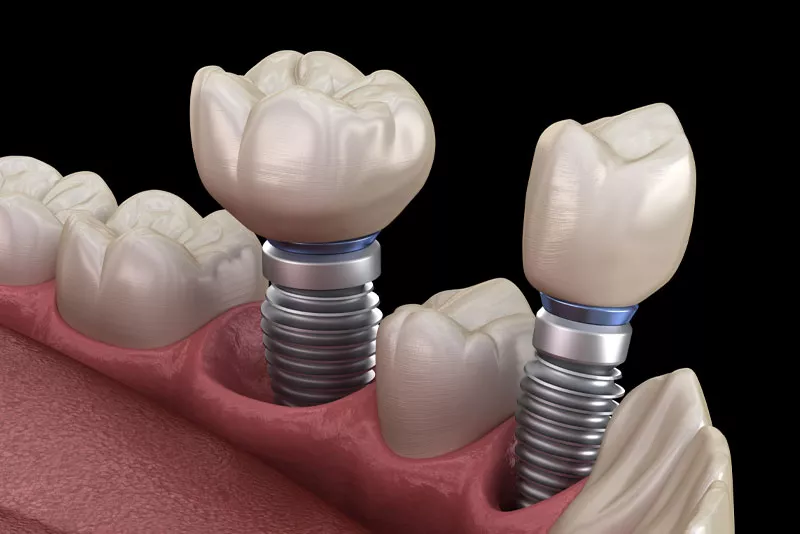Today, sodium lauryl sulfate (SLS) is an ingredient in many of our personal care products, from toothpastes and mouthwash to shampoos and facial cleansers. It is widely know for its foaming capabilities and ability to make your toothpaste spread easily. But what if those bubbles are causing you more harm and good?
Over the past few years, there have been a growing trend of users who reported being allergic or sensitive to sodium lauryl sulfate. So if you find yourself dealing with redness, itching, or even swelling when using a personal care product, it is time to get to know more about this common ingredient. We will first take a look at the intricacies and benefits of SLS before taking a deep dive on what to do and how to avoid a SLS allergy.
Understanding Sodium Lauryl Sulfate
At its score, SLS is a surfactant, a compound that lowers the surface tension between two substances and makes it easier for them to mix. This makes them an excellent foaming and cleaning agent.
The power SLS also lies in its ability to remove dirt from your hair or teeth. One end of an SLS molecule is attracted to water while the other end is attracted to oil and grease. This allows the molecule to break down oily substances and disperse them in water, making it easier to wash them away. When you scrub your hair or brush your teeth, SLS helps spread the product evenly and lift the dirt and oils off the surface, which are then rinsed away with water.
Today, SLS is used in numerous personal care products like toothpaste and shampoos. It is also used in some household cleaning products like laundry detergents and floor cleaner. Its versatility is a testament to its effectiveness as a surfactant and cleaning agent.
In spite of its benefits, some people experience skin irritation or allergic reaction when using products with sodium lauryl sulfate.
What to Do During SLS Allergy
An allergy to SLS manifests as an adverse reaction when the skin or mouth comes into contact with products containing the chemical. While SLS is generally safe to everyone, some may experience irritation or allergic reactions like the following:
- Skin Redness: The affected area becomes inflamed and red soon after contact with an SLS-containing product.
- Itching: A common symptom of many allergic reactions, itching can occur in areas exposed to SLS.
- Burning Sensation: Some people experience a mild to moderate burning sensation in the area where the product was applied.
- Rash: In more severe cases, a rash may develop, which can include bumps, scaling, and even blisters.
- Swelling: In some instances, localized swelling may occur around the eyes, lips, or other areas that have come into direct contact with SLS.
When you suspect that you may be allergic or sensitive to SLS, the first thing to do is to suspend any personal hygiene products that contain the ingredients. This is to avoid any further irritations and to ensure that the allergy is able to subside.
Secondly, gently rinse the affected skin area or mouth with cool or warm water to remove any residual product. Please avoid using hot water as it may exacerbate the irritation.
Thirdly, apply a soothing topical cream like aloe vera or an over-the-counter corticosteroid cream to alleviate itching and redness. If the reaction is in your mouth, rinse with cool water or a saline solution; avoid using a mouthwash as most mouthwash contain traces of SLS.
If your allergy is significantly impacting your day-to-day activities, or if the allergic reaction does not improve after medication, consult a healthcare professional immediately as it may signs of something worse.
Last but not least, it is to swapa ll your SLS-containing oral care products to those that are SLS free. This is to prevent any further irritation to the skin. Read the labels carefully to ensure that the products you choose are free from SLS.
How to Avoid SLS Allergy
Avoiding an allergy to Sodium Lauryl Sulfate (SLS) primarily involves being vigilant about the products you use and taking preventive measures. Here’s a step-by-step guide on how to dodge this common irritant:
1. Consult a Dermatologist
If you suspect you have an SLS allergy or have experienced reactions to various products, consulting a dermatologist for diagnosis and advice is a smart move. A patch test can be done to confirm the allergy and recommend suitable products that are free of any allergies that may be uncovered during the test.
2. Read Labels Carefully
Always check the ingredient list of personal care and household cleaning products. SLS can appear under different names, such as Sodium Dodecyl Sulfate, Sulfuric Acid, Monododecyl Ester, Sodium Salt, and more.
You may be interested in: Does Mouthwash Contain Sodium Lauryl Sulfate?
3. Choose SLS-Free Productsa
There have been a rise in the number of SLS-free options in the shelves of the supermarket. These products often use milder surfactants, such as Sodium Cocoyl Isethionate or Sodium Lauryl Sulfoacetate (SLSA), which are less likely to cause irritation or allergies.
4. Patch Test New Products
Before using a new product all over your body or during your oral hygiene practice, consider doing a patch test. Apply a small amount to a discreet area of your skin, like the inside of your wrist, and wait for 24 to 48 hours. If you experience any redness, itching, or other signs of irritation, discontinue use. It is likely that there is a small percentage of SLS even though it is not explicitly stated.
5. Limit Duration and Exposure
If you absolutely must use a product that contains SLS, try to limit the amount of time it stays in contact with your skin. For example, rinse off soap and shampoo quickly rather than letting them sit.
Concluding Thoughts
To conclude, it is clear that awareness is the first line of defense. Understanding what SLS is, its common uses, and its potential side effects is crucial for anyone dealing with SLS sensitivities or allergic reactions.
If you find yourself experiencing symptoms of an SLS allergy such as redness, itching, or swelling in the area, discontinue the use of the product from your oral hygiene practice immediately. For long-term, consider switching to SLS-free alternatives.
Understanding what SLS allergy is may be daunting and hard to understand. However, as seen in the article, it is entirely manageable!
At the end of the day, dealing with an SLS allergy is all about being informed and proactive. It’s totally doable, and the peace of mind that comes with using products that you know are safe for you is priceless.
